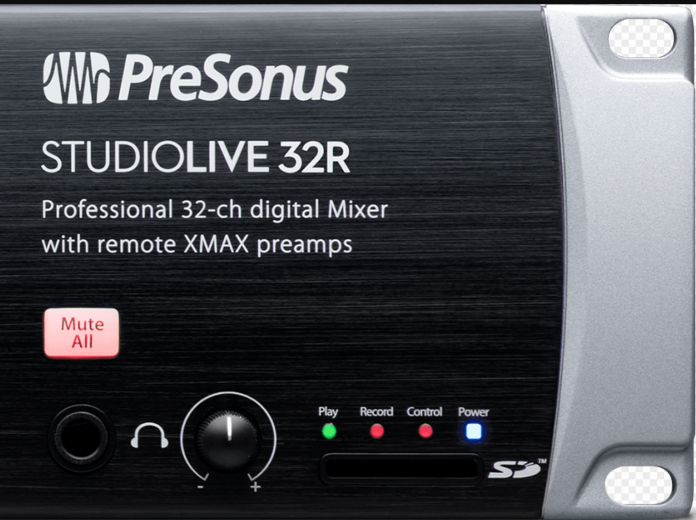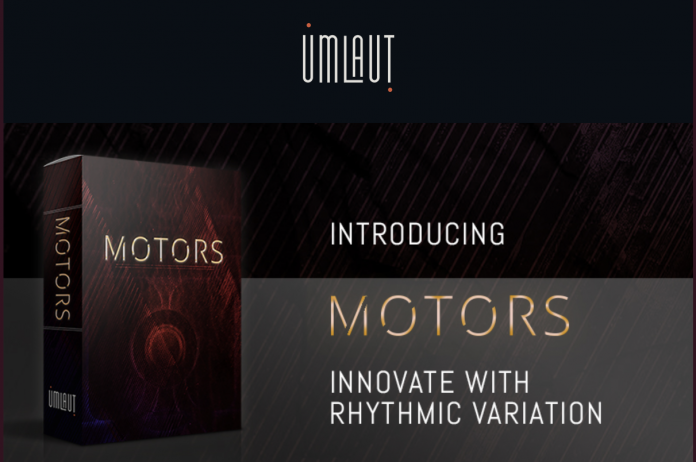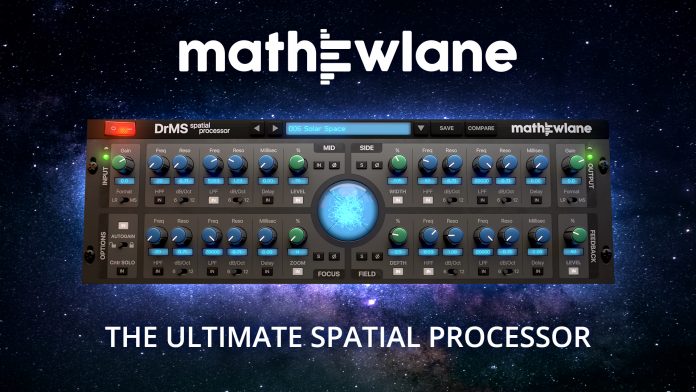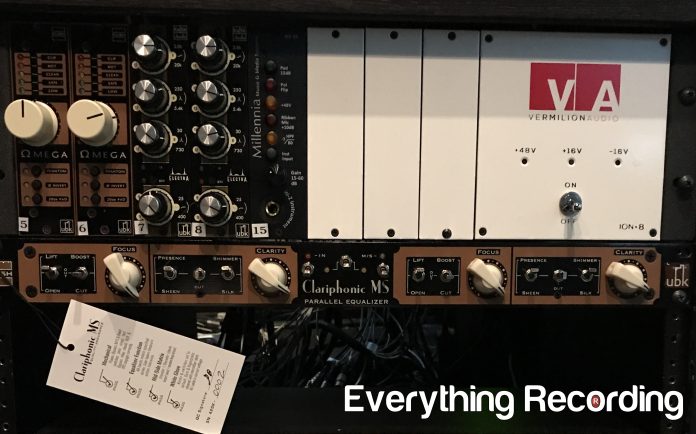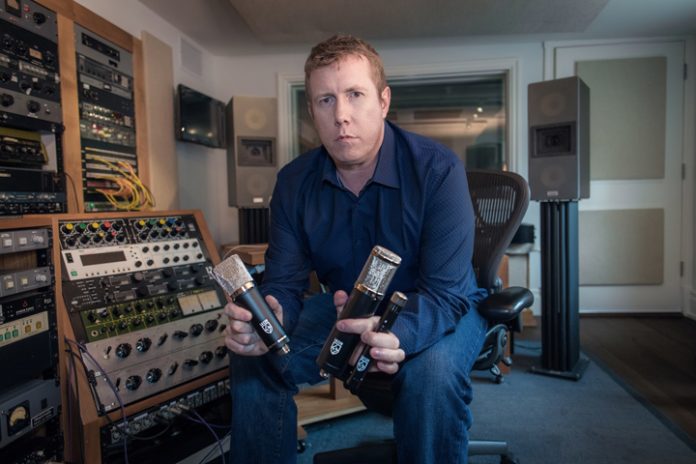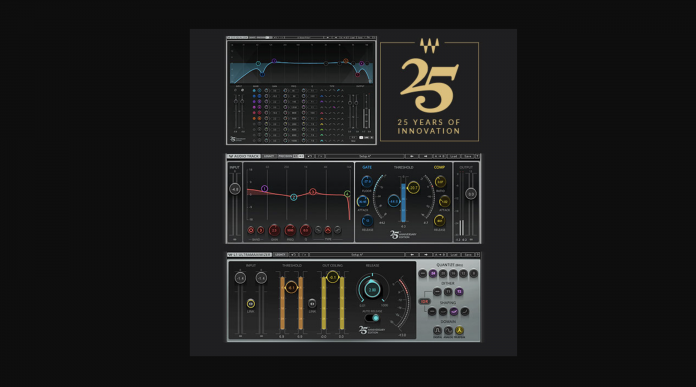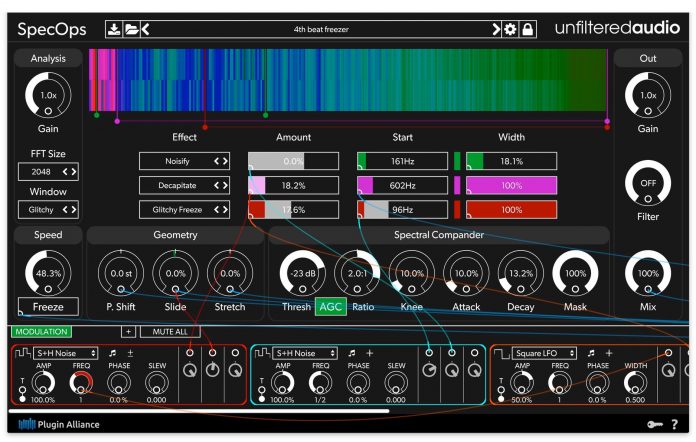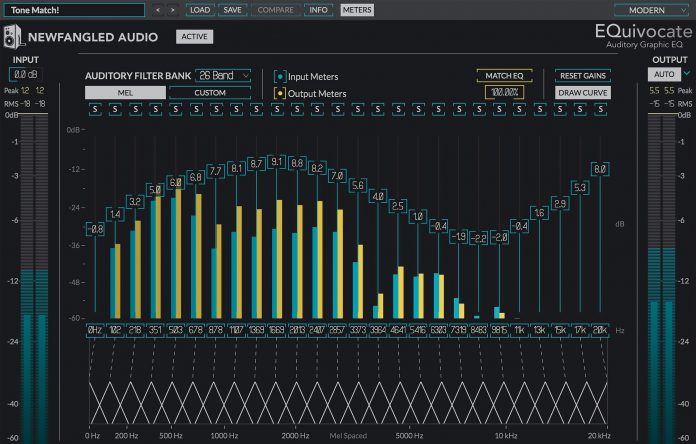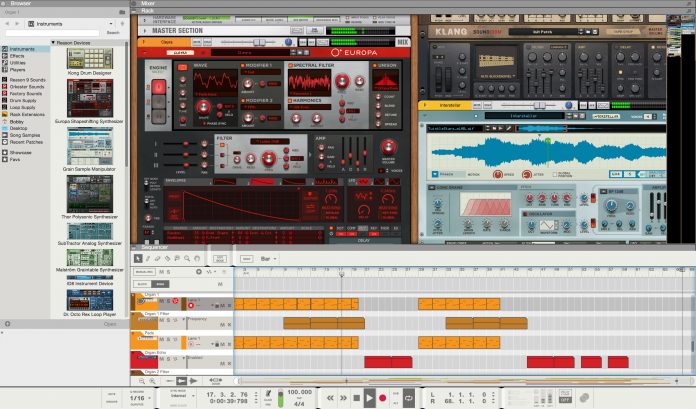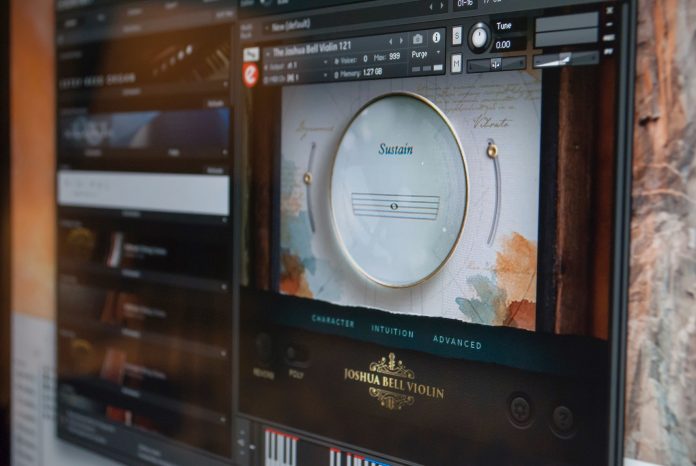Serving as a companion to the Studiolive Console, these rack mixers can be used for a myriad of live and studio applications. These rackmount mixers pack either a Studio Live 32R or 24R into a 2U rack space, thus saving immense space.
Baton Rouge, Louisiana—September 2017… The perfect partners for StudioLive® Series III console/recorders, StudioLive Series III rack mixers can serve as simple AVB stage boxes, combination stage boxes and monitor mixers, or powerful standalone mixers. The result of ten years of R&D, the third-generation StudioLive 32R and StudioLive 24R fit in just two rackspaces (2U), while the StudioLive 16R squeezes into one rackspace (1U). All three models are fully recallable, including remote-controlled XMAX preamps. Yet despite their extensive features, these Series III rack mixers are easy to use and let you customize their workflow and operations in software to fit the way you work.Since StudioLive Series III rack mixers and consoles can network using AVB, you can connect a StudioLive Series III rack mixer to a Series III front-of-house console with one lightweight CAT5e or CAT6 Ethernet cable, eliminating the need for a heavy, expensive copper snake. You can even remote control a Series III rack mixer’s preamps and phantom power from your networked Series III console. In stage box + monitor mixer mode, the new rack mixers not only serve as excellent networked stage boxes but as full blown mixers, with far more processing and mixing power than any mixer in their class.StudioLive Series III rack mixers deliver true studio quality sound with a plug-in-style workflow that features vintage-style EQ and compression options on every channel, from classic tube limiters to passive EQs. These offerings were meticulously created in-house with state space modeling circuit emulation technology to match the sounds of real analog outboard gear.Scenes can also be extensively customized, including a Scene Safe feature that prevents a scene change from altering the settings on designated “safe” channels. Similarly, Fat Channel presets have, for practical purposes, become like scenes for individual channels, not only saving input and Fat Channel settings but also aux send and bus assignments. Of course you can also use preset filters to choose what you want to recall.The two larger models each have 26 mix buses, including 16 FlexMixes, 4 dedicated subgroups, 4 internal effects buses/processors, and the stereo main mix bus. The StudioLive 16R has 6 FlexMixes, 2 effects buses, and the stereo main bus for a total of 10 mix buses. The StudioLive 32R and 24R have 24 Filter DCAs for easily controlling groups of channels; the smaller rack mixer offers 8 Filter DCAs.An AVB Ethernet connection enables you to network compatible computers and stream up to 55 (StudioLive 32R and 24R) or 32 (StudioLive 16R) channels of audio to and from a Mac® or Windows® PC. You also get 40×40 (StudioLive 32R and 24R) or 18×18 (StudioLive 16R) recording via USB 2.0, giving you a choice of computer recording methods. To top it off, with any Series III rack mixer, you can capture the main L/R mix directly to an onboard SD Card recorder—no computer needed. A separate 1 Gb Ethernet port can connect to a wireless router or directly to a computer for remote control of all features via a wired or wireless connection.PreSonus® StudioLive Series III rack mixers are tightly integrated with an entire suite of state-of-the-art software. Mix wirelessly or over a wired network from anywhere using free UC Surface touch-control software for Mac, Windows, Android™ tablet, and iPad®. Completely automate virtual soundchecks and record shows with Capture™ for Mac and Windows (included)—or record with PreSonus’ easy-to-use Studio One® Artist DAW (included) or with any software that supports ASIO or Core Audio. Musicians can control their monitor mixes onstage with free QMix®-UC for iPhone®, iPod® touch, and Android devices.With Studio One Artist, you can remote control any StudioLive Series III rack mixer’s recallable XMAX preamps and Fat Channel processing for low-latency recording with effects. To further enhance your productions, you also get the Studio Magic Plug-in Suite for Mac and Windows, which includes seven popular plug-ins in VST, AU, and AAX formats.



